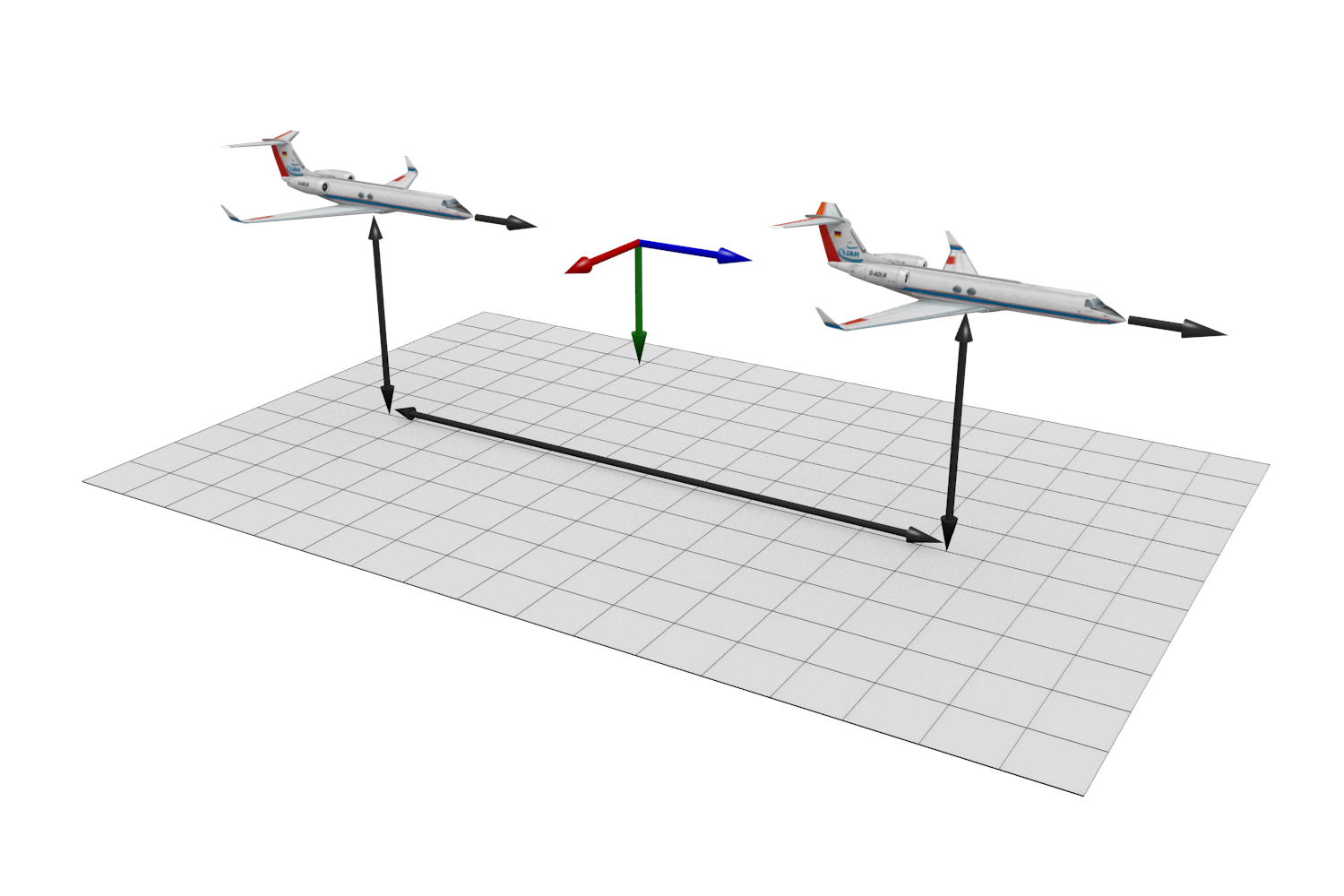Abstract: In this talk we present differential geometric concepts for future mobile-to- mobile channel models. Those concepts enable the audience to generalize the propagation channel description and apply it to different mobile-to- mobile scenarios. The geometric description allows for a non-stationary probabilistic model, which incorporates high mobility scenarios. These are very important in future communication systems. Hereby, the mathematical concepts are similar to the theory of general relativity. Differential forms and coordinate system transforms are part of a tensorial description of the channel. Our channel model for mobile-to-mobile channels is based on two important mathematical concepts: prolate spheroidal coordinates and differential forms. Furthermore, both the coordinate transform and the differential forms can be uniformly described by the tensor theory. We use co- and contravariant tensors to express both the gradient of the Doppler frequency in prolate spheroidal coordinates. Differential forms are used to calculate the scattering area in a uniform way. Another important mathematical concept presented in this talk is algebraic curves; the mathematician Adrew Wiles Fermat’s used such curves to prove Fermat’s last theorem and certain algebraic curves, i.e., elliptic curves are nowadays used in cryptography. We apply the theory of algebraic curves to obtain a polynomial description of the Doppler frequency.In the second part of the talk, we introduce a complete analytic probability-based description of mobile-to-mobile uncorrelated scatter channels. We show that the description is equivalent to the correlation-based description introduced by Bello and Matz. This equivalence is evaluated through a comparison of the hybrid characteristic probability density with the correlation-based description of a measured generic mobile-to-mobile channel, both of which can be obtained directly either from theory or from measurement data. The comparison confirms the similarity between the probability based and correlation-based description qualitatively and quantitatively. Thus, the proposed probabilistic description complements the common correlation-based description providing a comprehensive theoretical description of arbitrary uncorrelated scatter channels.
About Cookies
Our website uses cookies to ensure you get the best experience on our website, for analytical purposes, to provide social media features, and for targeted advertising. This it is necessary in order to pass information on to respective service providers. If you would like additional information about cookies on this website, please see our Data Protection Declaration.
-
These cookies are required to help our website run smoothly.
Name Purpose Lifetime Type Provider wordpress_test_cookie Testing-Cookie to check whether cookies are allowed. 1 Year HTTP Homepage TUW PHPSESSID Used by WordPress to retain the state of your current user session for all page requests. Session HTTP Homepage TUW wordpress_logged_in_{hash} Used by Wordpress to keep users logged in. {hash} represents an unique user token. 1 Year HTTP Homepage TUW wp-settings-time-{id} Used to customize your view of admin interface, and possibly also the main site interface. 1 Year HTTP Homepage TUW wordpress_sec_{hash} This cookie is used to store your authentication details. Its use is limited to the admin console area. {hash} represents an unique user token. 1 Year HTTP Homepage TUW wp-settings-{id} Used to customize your view of admin interface, and possibly also the main site interface. 1 Year HTTP Homepage TUW wp-wpml_current_language Stores the current language. This cookie is enabled by default on sites that use the Language filtering for AJAX operations feature. 1 Day HTTP Homepage TUW wp-wpml_current_admin_language_{hash} Stores the current WordPress administration area language. {hash} represents an unique user token. 1 Day HTTP Homepage TUW CookieConsent_117a3e Saves your settings for the use of cookies on this website. 1 Year HTML Homepage TUW -
These cookies help us to continuously improve our services and adapt our website to your needs. We statistically evaluate the pseudonymized data collected from our website.
Name Purpose Lifetime Type Provider _pk_id.136.56ce Used to store a few details about the user such as the unique visitor ID. 13 months HTML Matomo TUW _pk_ref Is used to store the information of the users home website. 6 months HTML Matomo TUW _pk_ses.136.56ce Is needed to store temporary data of the visit. 30 minutes HTML Matomo TUW
